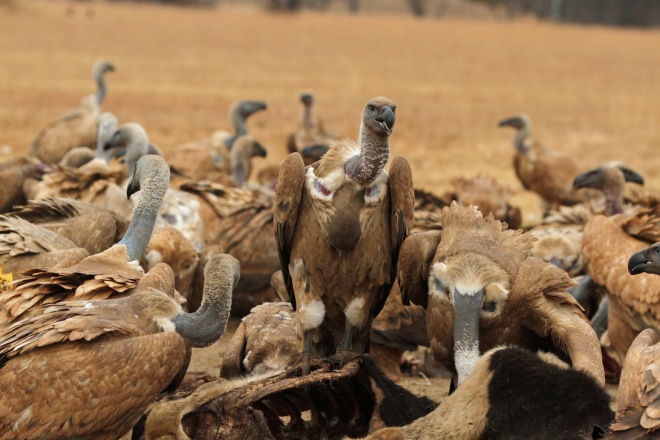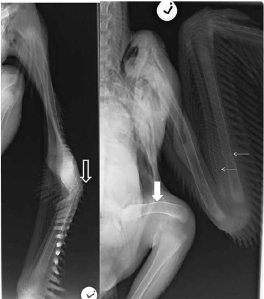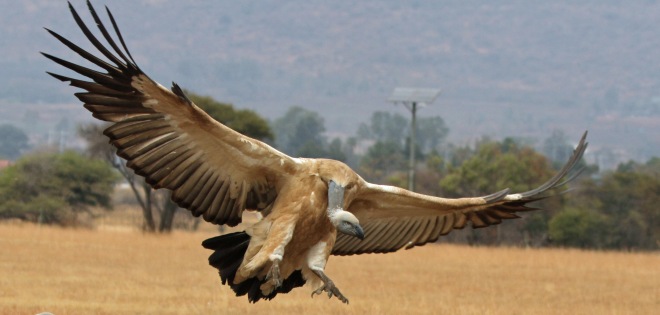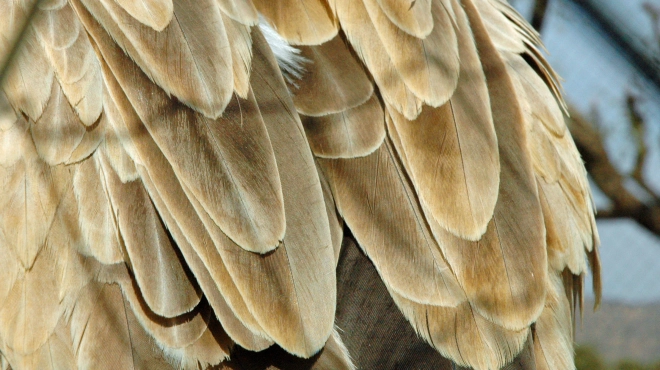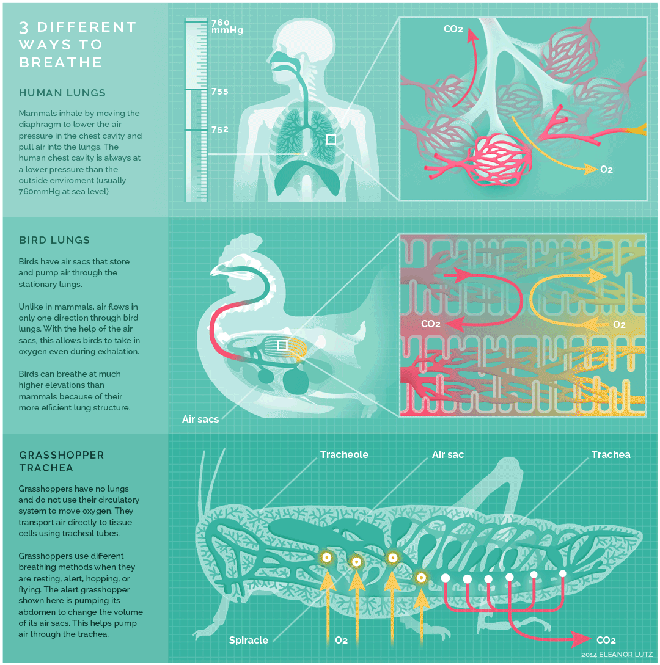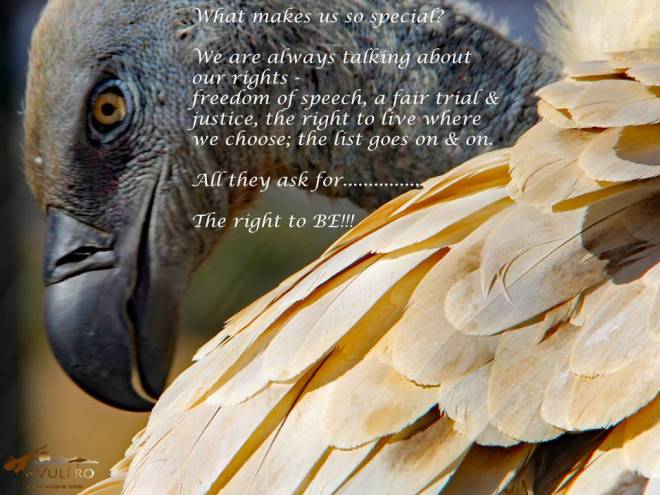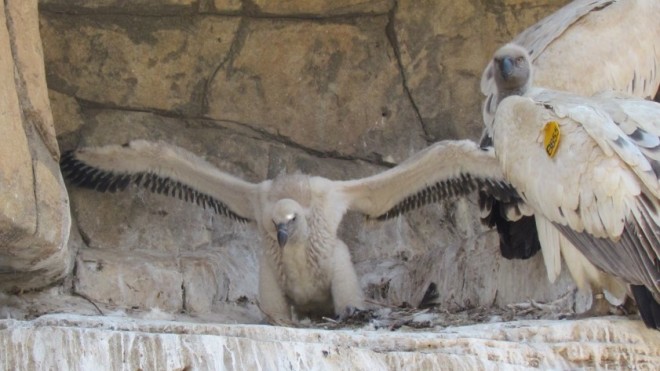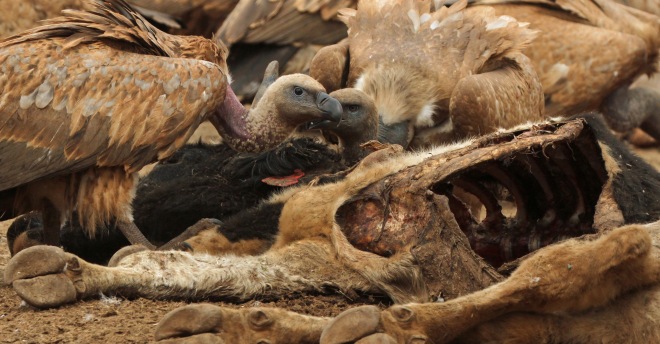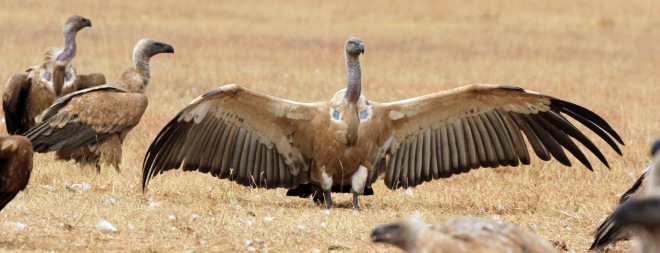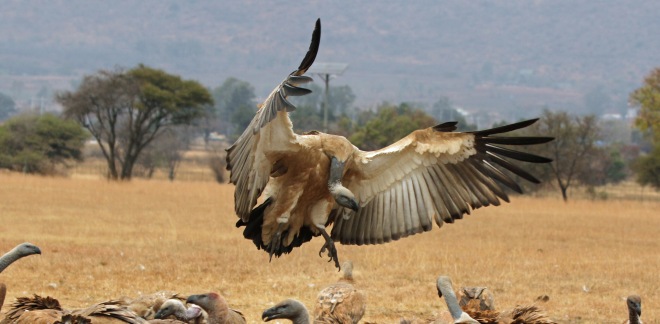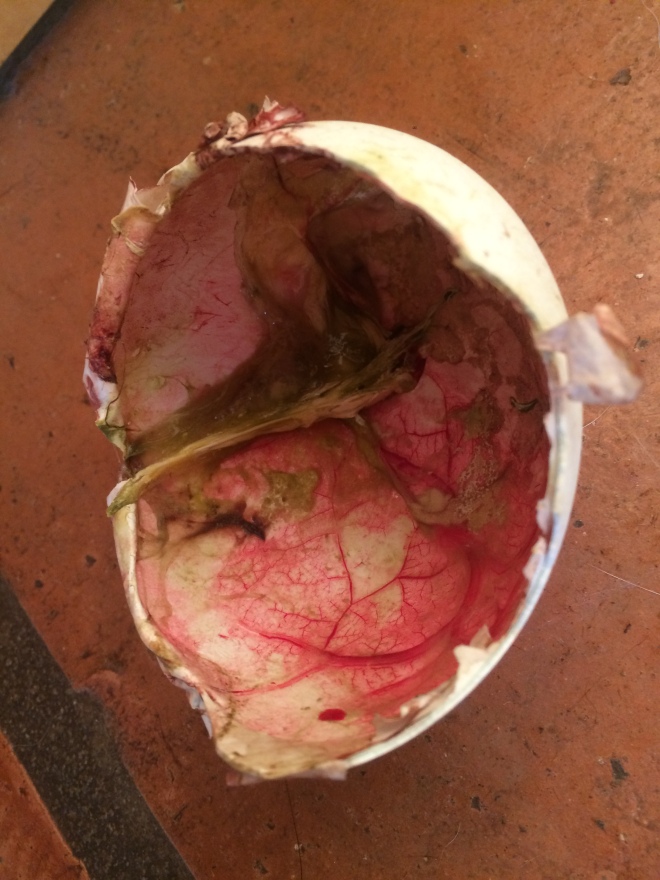
Have you ever wondered how a vulture makes and lays eggs? We did and searched to find the answer, so that we can better understand how their bodies work and ensure that our captive breeding programme for population supplementation has the highest success rate possible. Eggs it turns out are proof of nature’s mastery of engineering.
Reproductive System
It has been noted during post mortems conducted on vultures that have had to be euthanaised, that the female vultures have a very small right ovary. Like us they do have two ovaries present in their bodies, unlike us the left is larger and fully functional, while the right is smaller and inactive, rather like in chickens. The theory is that if anything happens to the left ovary then the right ovary could become active to continue the ability to breed. Sadly there is still a huge amount of information that we just don’t know about vultures, which is why VulPro works so hard not only to conserve them but to research and understand them too.
The video featured below is wonderful and shows clearly how the egg laying process works in chickens. This gives a very good idea of how it works in vultures too.
All about eggs! – How is the egg formed?
The egg starts its journey as the yolk (oocyte), which is produced by the female vulture in her ovary during ovulation. Each yolk (ovum) is enclosed in a thin-walled sac, or follicle, attached to the ovary. This sac is richly supplied with blood. The mature yolk is released when the sac ruptures, and enters the funnel of the left oviduct. Fertilised or not the yolk travels through the oviduct which is a long spiralling tube. It is in the oviduct that the yolk can be fertilised if a mating was successful. As the yolk’s journey progresses down the oviduct into the section called the magnus; it is covered with the vitelline membrane, structural fibres and layers of the albumen (egg white). The egg continues its journey through the oviduct, spinning as it goes (a bit like a bullet travelling down the barrel of a gun). This spinning movement twists the structural fibres into the rope like fibres that we call the chalazae. There are two chalazae on opposite ends of the egg that hold the yolk in place.
The shell is not created by the chicken but actually formed by the egg itself, in the lower part of the oviduct just before the egg is laid. The shell is made of calcite (a form of calcium carbonate). It is the membrane surrounding the egg that has evenly spaced areas where columns of calcite form as they develop these columns form side by side creating a shell.
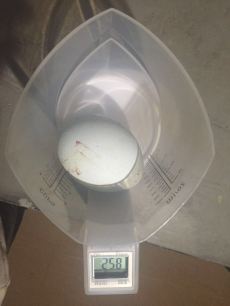
A vulture’s egg weighs in the region of around 260g compared to 33 – 75g for a chicken’s egg. When you look at an egg you will see that it has a broader rounded end and a narrower pointy end. As the egg travels down the oviduct, it moves pointy end first. Just before an egg is laid the egg turns around so that the rounded broader end faces downwards – logic says that this is because the broader rounded end provides a softer landing surface to prevent the egg from cracking or breaking as it lands in the nest.
We also had a very interesting case with an African White-backed Vulture who became egg bound and required assistance to try and save her egg as well as her life. Her egg was presented narrow pointy side first and ended up jammed, sadly we couldn’t remove the egg without cracking it.
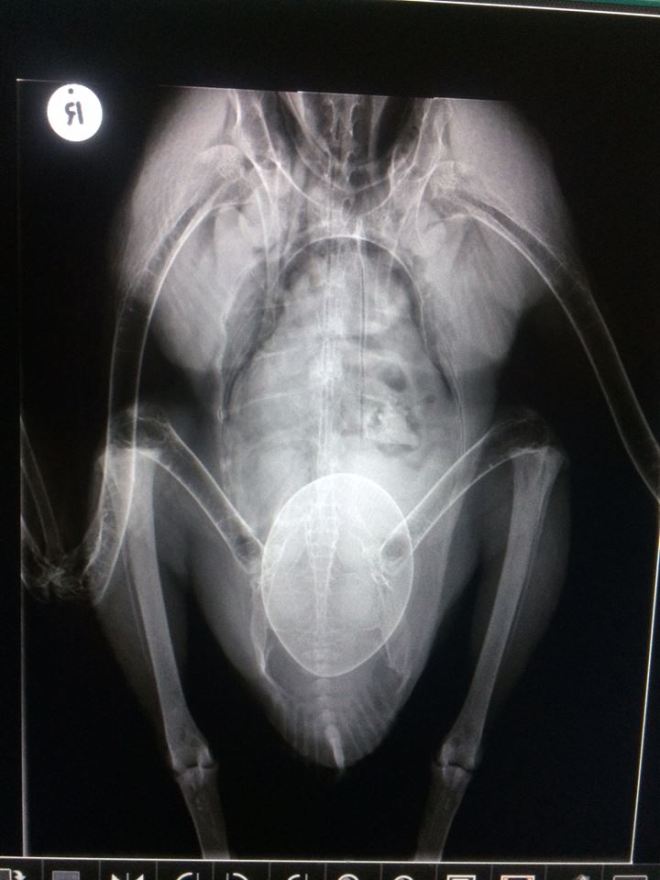
Natural Protection
The rounded end of the egg contains the air sac, once an incubating vulture chick’s lungs are developed enough; they use the air in the air sac to breathe prior to hatching. When eggs are laid they have a natural sheen on them that helps to prevent air and bacteria from entering the egg. Protecting and preserving the sheen is one of the reasons that eggs should not be washed if they are going to be stored.
Eggshells are porous which means that air and bacteria can enter the egg through the pores in the eggshell. The albumen or egg white provides a layer of protection for the yolk which is situated more or less in the middle of the egg. The egg white is very alkaline which slows down bacterial growth unlike the nutrient rich yolk which is a bacteria’s paradise. This is why when we talk about storing chicken’s eggs for us to eat, they should be stored at a 45°angle, pointy side down, this keeps the air sac at the top of the egg and furthest away from the yolk.
Interesting Facts:
A female vulture can fly when she is carrying an egg.
References: http://www.iaszoology.com/flight-adaptations/ http://www.birdchannel.com/bird-health/how-do-pet-bird-lay-eggs.aspx http://www.pbs.org/lifeofbirds/home/ https://answers.yahoo.com/question/index?qid=20120603163821AAqWKwB http://lansingwbu.blogspot.co.za/2011/02/how-do-birds-lay-eggs.html http://www.weldhagen.co.za/eggs/FAQs/Entries/2011/2/10_How_much_does_an_egg_weigh!.html http://www.fresheggsdaily.com/2015/01/why-should-eggs-be-stored-pointy-end.html http://fresheggsdaily.com/2012/03/great-eggscape-my-first-hatch-ever.html http://chickscope.beckman.uiuc.edu/resources/egg_to_chick/development.html http://www.sciencealert.com/watch-a-chick-develop-and-hatch-outside-of-the-egg http://www.thepoultrysite.com/publications/1/egg-quality-handbook/2/formation-of-the-egg/ http://science.howstuffworks.com/innovation/science-questions/question231.htm http://www.enchantedlearning.com/subjects/birds/info/chicken/egg.shtml Video Link: https://www.youtube.com/watch?v=l_D1qTNDyJc

